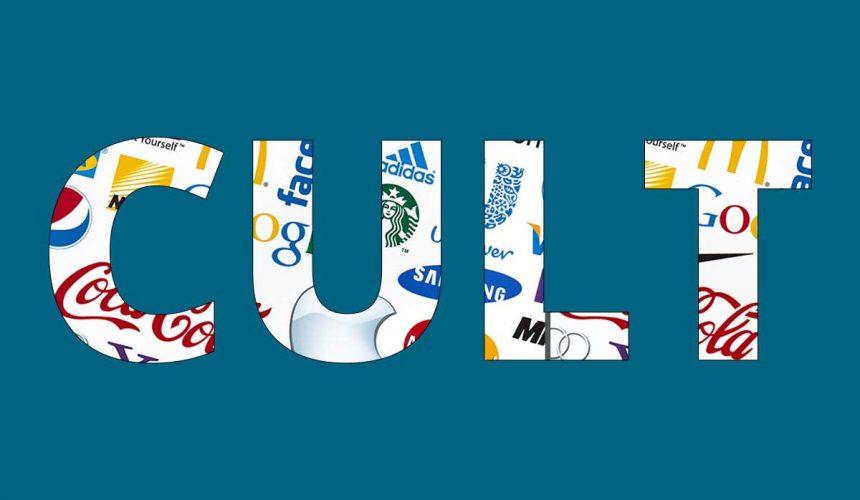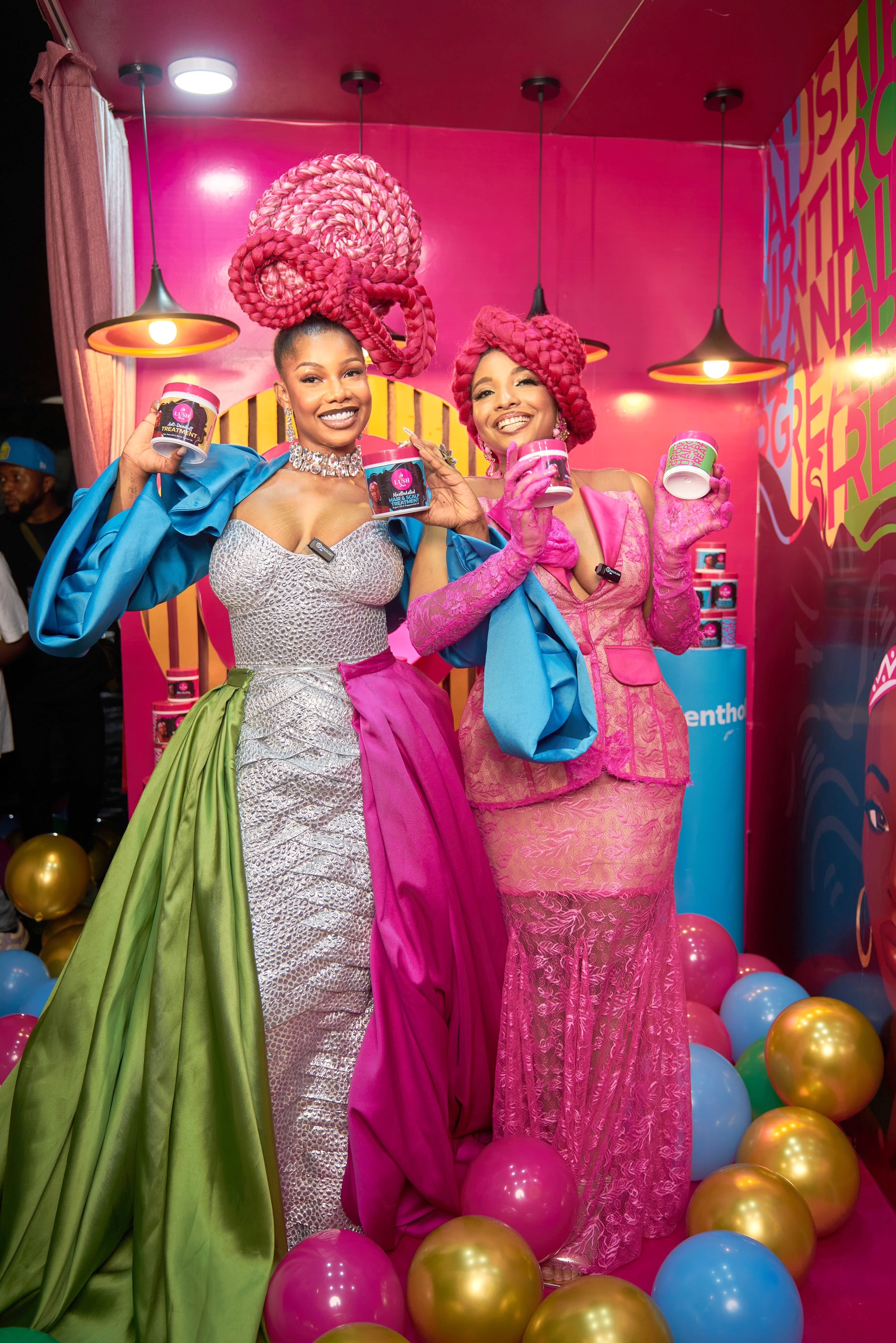They are like a trophy wife or husband – every brand manager’s dream come through. Creating or building them is no mean feat. “Cult branding is the art and science of creating human experiences that lead to a feeling of belonging, a sense of shared consciousness with others, supported by ritualistic behaviour” – The Cult Brand Company. Not all brands are equal and do not enjoy the same consumer enthusiasm. There are stalwarts and there are legacy (legendary, cult) brands. Consumer loyalty for the earlier stems from their quality, price, and functional epistemic value. The latter, consumes consumer affection, embrace, identity, and personal philosophy.
Cult brands forge deep bonds with consumers through easily relatable narratives that make the consumer constantly role play. These brands represent the world view of the consumers and enjoy apostolic followership. They create a sense of belonging and a world view that the consumers share. It is a unique connection that creates verges of fanaticism. A sense of vested interest, ownership, and self-belonging. Notable cult brands that command apostolic followership are, Coca-Cola, Amazon.com, Apple, Oprah, Harley Davidson, Ikea, Linux, Southwest Airlines, Star Trek, Vans, Volkswagen Beetle, Mini, Ben & Jerry’s, N.F.L, Louis Vuitton, Manchester United, Arsenal, Chelsea, Real Madrid, Barcelona, Bayern Munich, and many others, with Heineken nearing that mould.
These brands define consumer identity, ideology, cultural milieu. They create communities of common habits, choices, or affinities. They have common characteristics to be distinctive, help each other to belong. They represent cultural shifts, often starting in small groups, backed with a compelling origin story, breakthrough creativity, and thought philosophy. Whether is it the handcrafting that goes into a Louis Vuitton bag, or the rags-riches story of a talented girl like Oprah, or the legendary Harley Davidson machine that allows customers to rearrange the machine by adding fresh stylings that suit them. Talking about origin story, or breakthrough creativity, the Heineken brand that is fast building up a cult status organically comes to mind, by creatively paving a separate tectonic plate for itself through the Heineken UEFA Champions League Anthem, titled “Champions League”.
The composition has earned an iconic status for football fans across the globe. Composed in 1992, in a studio by Tony Britten (a graduate of the Royal College of Music in Britain), orchestrated in the style of the famous 18th-Century musician George Frederich Handel. It was performed by the Royal Philharmonic Orchestra, and sung by the Academy of Saint Martin in the Fields Chorus. The idea was to make the beautiful football game synonymous with orchestra music typically played in front of a stage showing a group of instrumentalists combining string, woodwind, brass, and percussion sections.
The football field is like a theatre containing a large audience of fans watching twenty-two men or women of varying skills, placed in different positions across the pitch, dribble, and pass the ball rhythmically towards the opponents’ goal line in an attempt to achieve the winning goal. This reminds me of that splendid team goal scored by Jack Wilshere (then of Arsenal), against Norwich, October 19, 2013, at the Emirate stadium. It started with a superb move of one-touch football by Wilshere to Cazorla, back to Wilshere towards the box, who got the ball from Giroud, with a one-two of deft flicks with the French man opening up space for Wilshere to run through and finish a low drive past John Ruddy, keeper for the canaries. Six passes in all, with the ball not touching the ground from the first move to the last kick into the post. It was rhythmic, harmonious, and choreographic.
The lyrics of the Heineken UEFA Champions League Anthem, are a blend of English, French, and German. The full translation in English goes thus:
They are the best teams
They are the best teams
The main event
The master
The best
The great teams
The Champions
A big meeting
A great sporting event
The main event
The master
The best
The great teams
The champions
The master
The best
The champions
They are the best
They are the best
These are the champions
The orchestra gave harmony to music, just as rhythm brings life to sound. Artistic rhythm in football creates indescribable pleasure for football fans. The accurate passes, dribbles, thrills, tackles, and shots at goal, all create pulsating passion and love for the game. Just like the orchestra music, one note, or tune that is out of line, renders the whole piece flat. A wrong pass, short kick, or too long kick, slow switch, can render the move a team useless. Heineken brings all these into reality through the UEFA Champions League Anthem. This anthem has created a domain of familiarity for football lovers and beer drinkers. Anytime the anthem is played, it creates likableness, identification, and ownership for the game and the beer. This points to the fact that consumer decision at points-of-purchase is determined by two choice variables:
- Stimulus-based choice, and Memory-based choice. The earlier enables a quick trigger for easier brand perception and identification. The latter quickens brand identification and mind-recall.
Cult brands constantly dare to achieve the above by the utilization of universally accepted slice-of-life symbols, totems, effigies, art, culture, and human expression. Heineken has achieved all by utilizing orchestra music as a practical reality in life. Rhythm and harmony are very essential to life. Football and beer just formed that winnable combination of kicking and sipping, passion and drive culminating into splendid performance. Heineken has become an inspiration brand drawing cult followership to itself.
Cult brands enjoy sustained extreme consumer enthusiasm, which does not come from a specific product line, but the entire brand epochal story, or breakthrough creativity. This enthusiasm sometimes creates verges of fanaticism. A sense of self-interest, ownership, and vested personal world view. The Heineken UEFA Champions League anthem has bonded football lovers into a single choice of music rendered on strings, which cuts across cultural limitations. It is distinct, different, ownable, and trendsetting. The sound of the anthem scintillates the nights of Tuesdays and Wednesdays (the days the games are played), by pulling football lovers to stay glued to their television screens.
To create an extended brand experience through experiential marketing, Heineken opened Champions Planet hubs, where consumers gather together to watch their soccer idols as well as enjoy the beer while watching the UEFA Champion League games. An ideological brand stepping into the center stage of the cult arena.







Comment
No comments found.